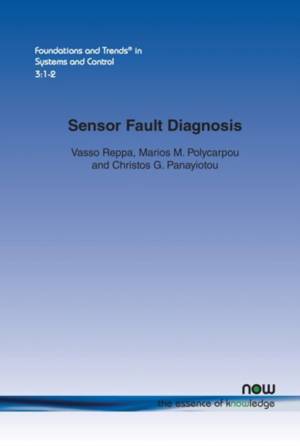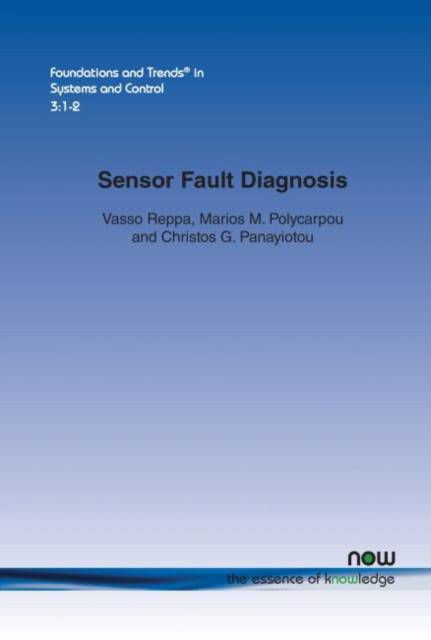
Je cadeautjes zeker op tijd in huis hebben voor de feestdagen? Kom langs in onze winkels en vind het perfecte geschenk!
- Afhalen na 1 uur in een winkel met voorraad
- Gratis thuislevering in België vanaf € 30
- Ruim aanbod met 7 miljoen producten
Je cadeautjes zeker op tijd in huis hebben voor de feestdagen? Kom langs in onze winkels en vind het perfecte geschenk!
- Afhalen na 1 uur in een winkel met voorraad
- Gratis thuislevering in België vanaf € 30
- Ruim aanbod met 7 miljoen producten
Zoeken
€ 95,45
+ 190 punten
Omschrijving
Addresses all the issues in sensor fault detection and isolation. The book provides a clear tutorial on the challenges and models that can be used to address them, and describes the requirements for modelling the systems, designing the architecture, detecting faults, isolating faults, and presents learning techniques for enhancing performance.
Specificaties
Betrokkenen
- Auteur(s):
- Uitgeverij:
Inhoud
- Aantal bladzijden:
- 264
- Reeks:
Eigenschappen
- Productcode (EAN):
- 9781680831283
- Verschijningsdatum:
- 21/07/2016
- Uitvoering:
- Paperback
- Afmetingen:
- 235 mm x 156 mm
- Gewicht:
- 404 g

Alleen bij Standaard Boekhandel
+ 190 punten op je klantenkaart van Standaard Boekhandel
Beoordelingen
We publiceren alleen reviews die voldoen aan de voorwaarden voor reviews. Bekijk onze voorwaarden voor reviews.









